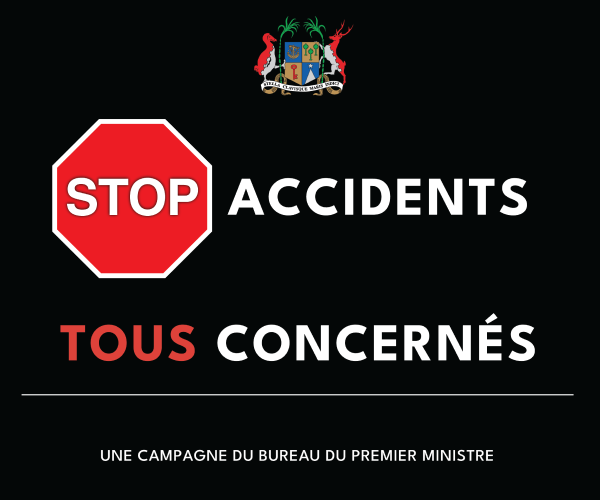Facing daily blackouts, South Africa knows it cannot rely on coal generated power. Just as plans to move to renewable energy to help reignite Africa’s most industrialised nation’s economy were gaining steam, the Covid-19 pandemic and the war in Ukraine have dampened prospects.
According to Reuters, after a six-year hiatus, the country in 2021 held a bidding round for companies to operate wind and solar projects, attracting aggressive offers from more than 100 renewables companies, eager to make up for the shortfalls of state power generator Eskom.
EDF (EDF.PA), Scatec, Engie (ENGIE.PA), and Mainstream Renewable Power were among the winners. They are among nine companies that have promised to supply nearly 4,600 megawatts (MW) of power in the next two years. This will help mitigate state owned energy supplier Eskom’s issues.
Maintenance and breakdowns had reduced nearly 45% of its total 46,000 MW capacity offline, Eskom said. The energy behemoth says it needs up to 6,000 MW of additional generating capacity.
Reuters reports that apart from the unreliability of Eskom’s ageing coal power plants, South Africa is also under pressure to end its reliance on highly-polluting coal as it is the world’s 12th biggest emitter of climate-warming gases.
Britain, France, Germany, the European Union and the United States pledged $8.5 billion to help South Africa transition from coal to renewable energy.
But, soaring costs is an extreme problem in South Africa because of the very low tariffs that were agreed. “The winning financial models didn’t likely have a lot of fat on them,” Kai Howie, chair of the working group for policy and markets at South Africa Wind Energy Association, said.
The South African Photo Voltaic Industry Association says capital expenditure and component inflation have risen by up to 40% for solar projects since companies locked in tariffs last August.
The rising costs of wind turbines too has been a problem as these companies are now forced to provide power at rates that are not feasible any longer.
Tshifhiwa Bernard Magoro, head of the Independent Power Producers (IPP) Office, the government body overseeing the projects, told Reuters he was engaging with companies.
“I have to emphasise we need the power,” he said. “We are doing all we can within the ambit of the law to help them reach financial closure.”
Magoro pointed to two options: an adjustment of tariffs – something he said is unlikely – or flexibility on financial close deadlines in the hope that costs will fall.
“Otherwise, it’s untenable,” he insisted, adding that he expected global economic and supply chain issues to ease in the near future.
“Either the government resolves the issues with a solution that suits all or reaching financial close will be a significant challenge,” an executive, who asked not to be named, told Reuters.
Companies selected in the bid last year must achieve financial close in the third quarter of this year.






